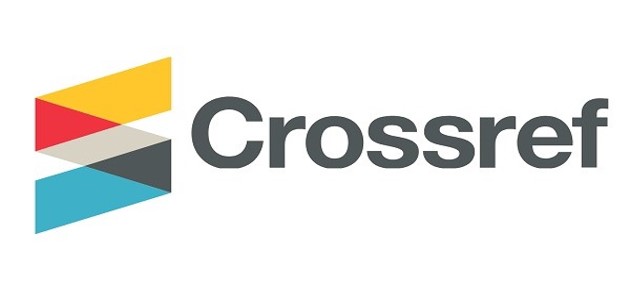The Effect of some Irrigation Methods and Moisture Depletion percent in the Growth and Productivity of Corn
DOI:
https://doi.org/10.36077/kjas/2023/v15i1.3703Keywords:
irrigation, drip irrigation, yellow cornAbstract
The experiment was conducted in the fields of Al-Hilla - Babylon province, with loam soil, during the autumn season of 2021, to study the effect of different irrigation methods and levels of depletions on the growth and yield of corn (Zea mays L.). The Randomized Complete Block Design (RCBD) was an as complete split plot with three replications, the main plot included the treatment of depletion levels and subplot irrigation systems, and the treatments were distributed on the experimental plots randomly. Irrigation systems included three levels of subsurface drip irrigation - surface drip irrigation - surface irrigation with furrows, and the levels of depletion for each treatment were 20%, 40%, and 60%. The result showed that the subsurface drip irrigation treatment with 40% depletion achieved the highest plant height (206.92). While there was no significant difference with the surface drip treatment. The furrows irrigation system has the lowest plant height, which reached (174.14). There are significant differences between the treatment and the level of depletion in the area of the leaves of the plant. Also, the irrigation methods used did not significantly affect the weight and depth of the roots, while there were significant differences in the values of yield weight for the treatments and water depletion rates.
Downloads
Downloads
Published
How to Cite
Issue
Section
License
Copyright (c) 2023 Bayadir Merza Oudah, Hussein Gatheeth Abd Al-Kellabi

This work is licensed under a Creative Commons Attribution 4.0 International License.
Kufa Journal for Agricultural Sciences is licensed under the Creative Commons Attribution 4.0 International License, which allows users to copy, to create extracts, abstracts and new works from the Article, to alter and revise the Article, and to make commercial use of the Article (including reuse and/or resale of the Article by commercial entities), provided the user gives appropriate credit (with a link to the formal publication through the relevant DOI), provides a link to the license, indicates if changes were made and the licensor is not represented as endorsing the use made of the work. The authors hold the copyright for their published work on KJAS website, while KJAS responsible for appreciate citation for their work, which is released under CC-BY-4.0 enabling the unrestricted use, distribution, and reproduction of an article in any medium, provided that the original work is properly cited.














